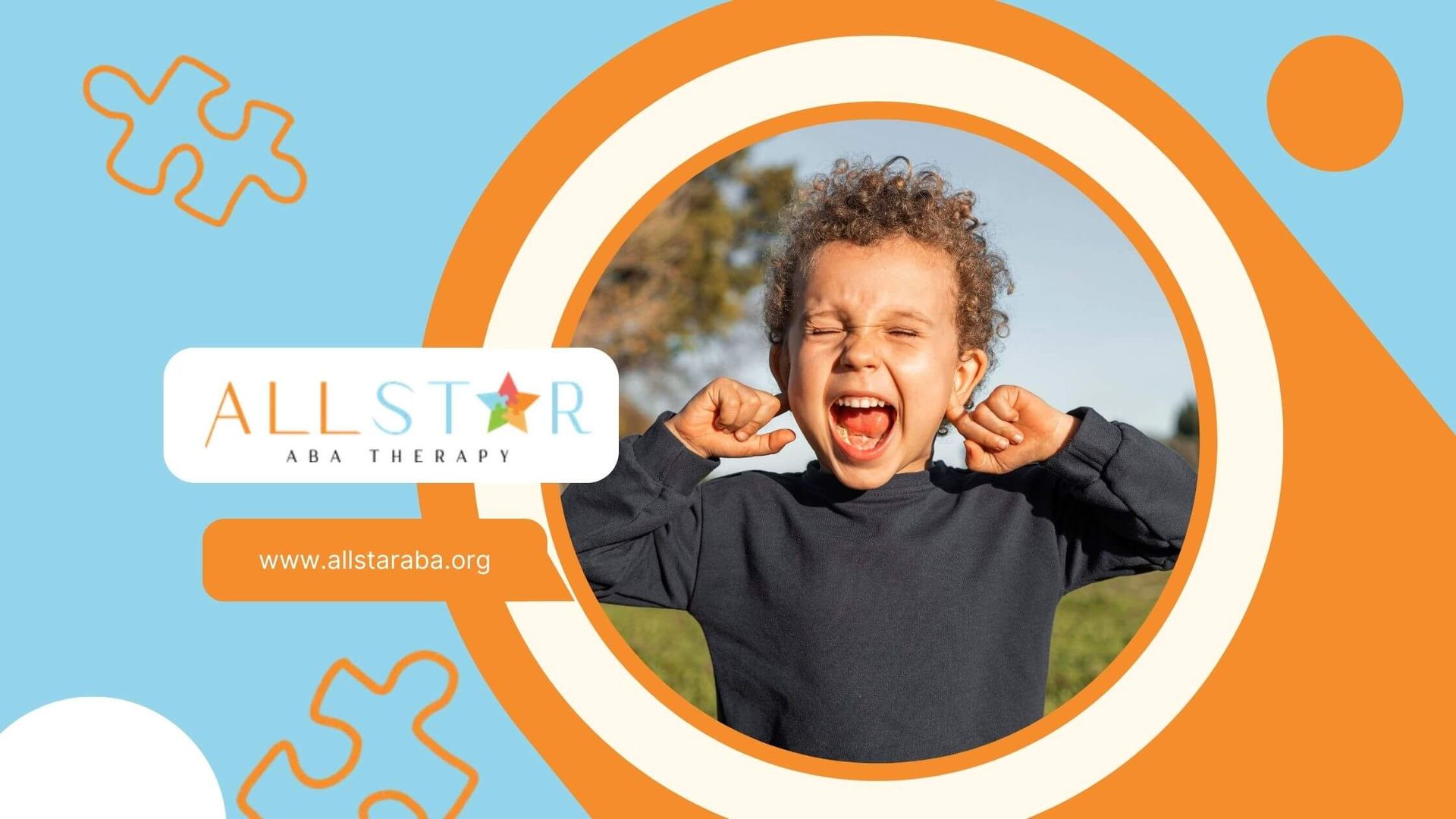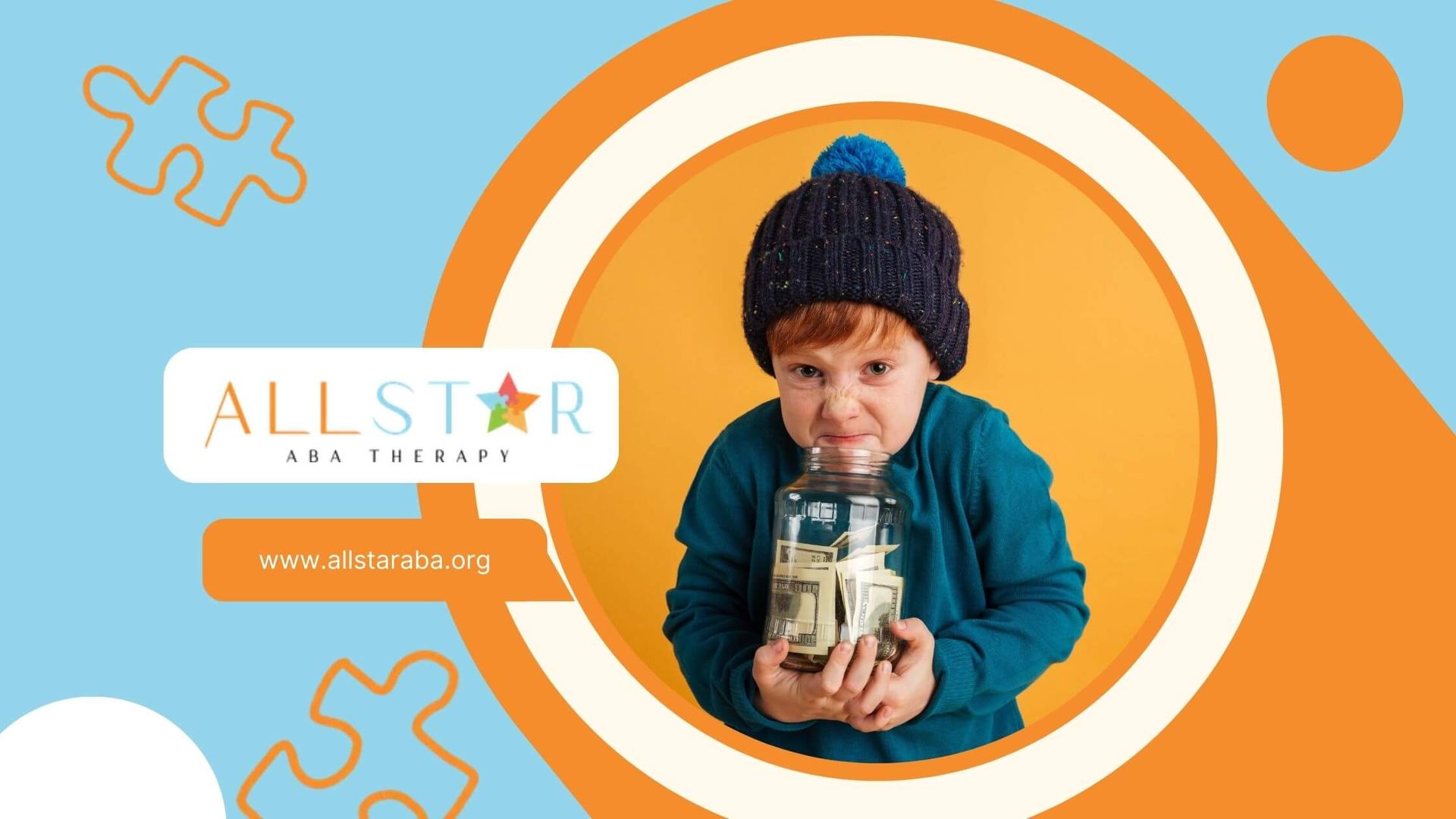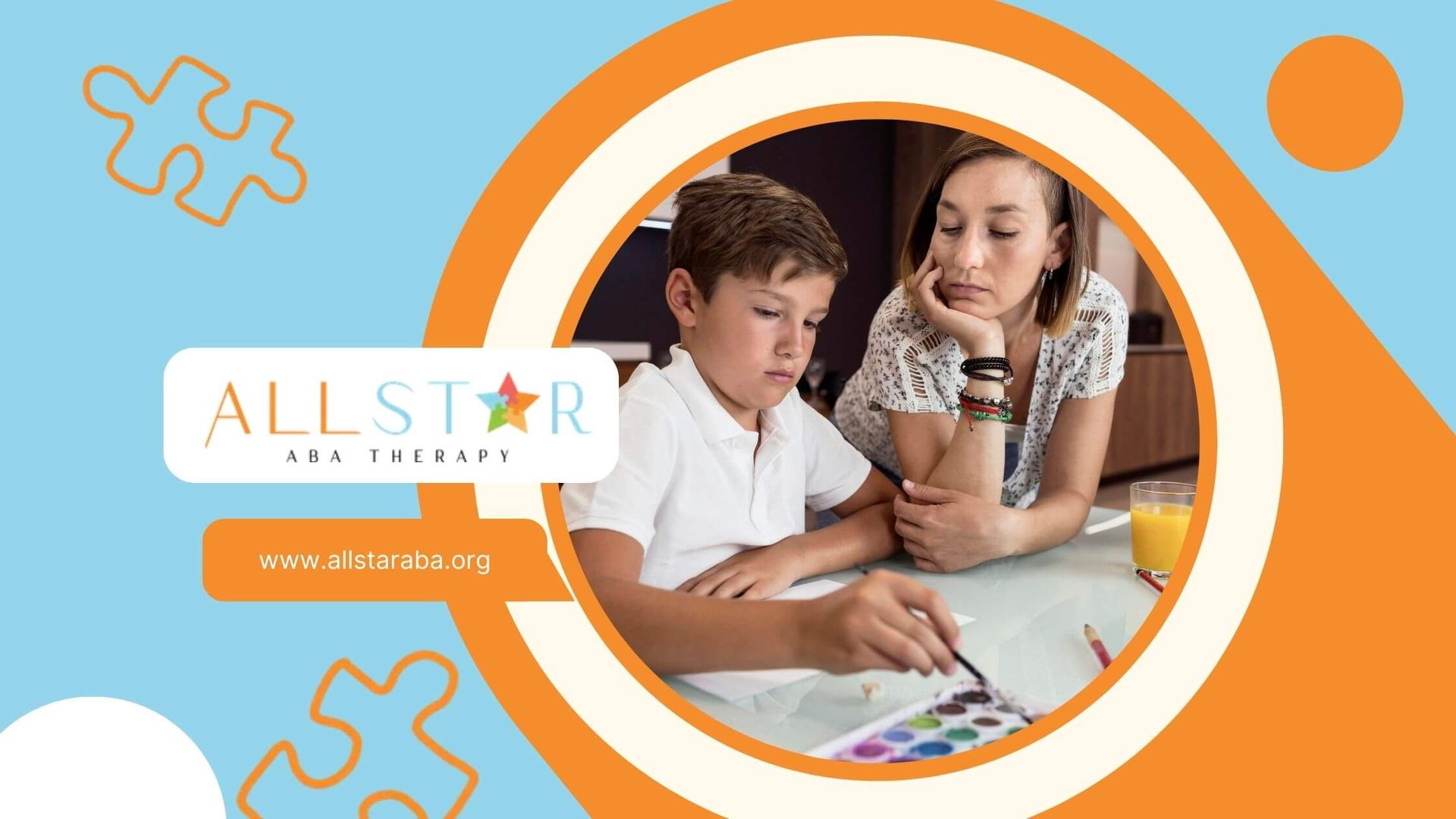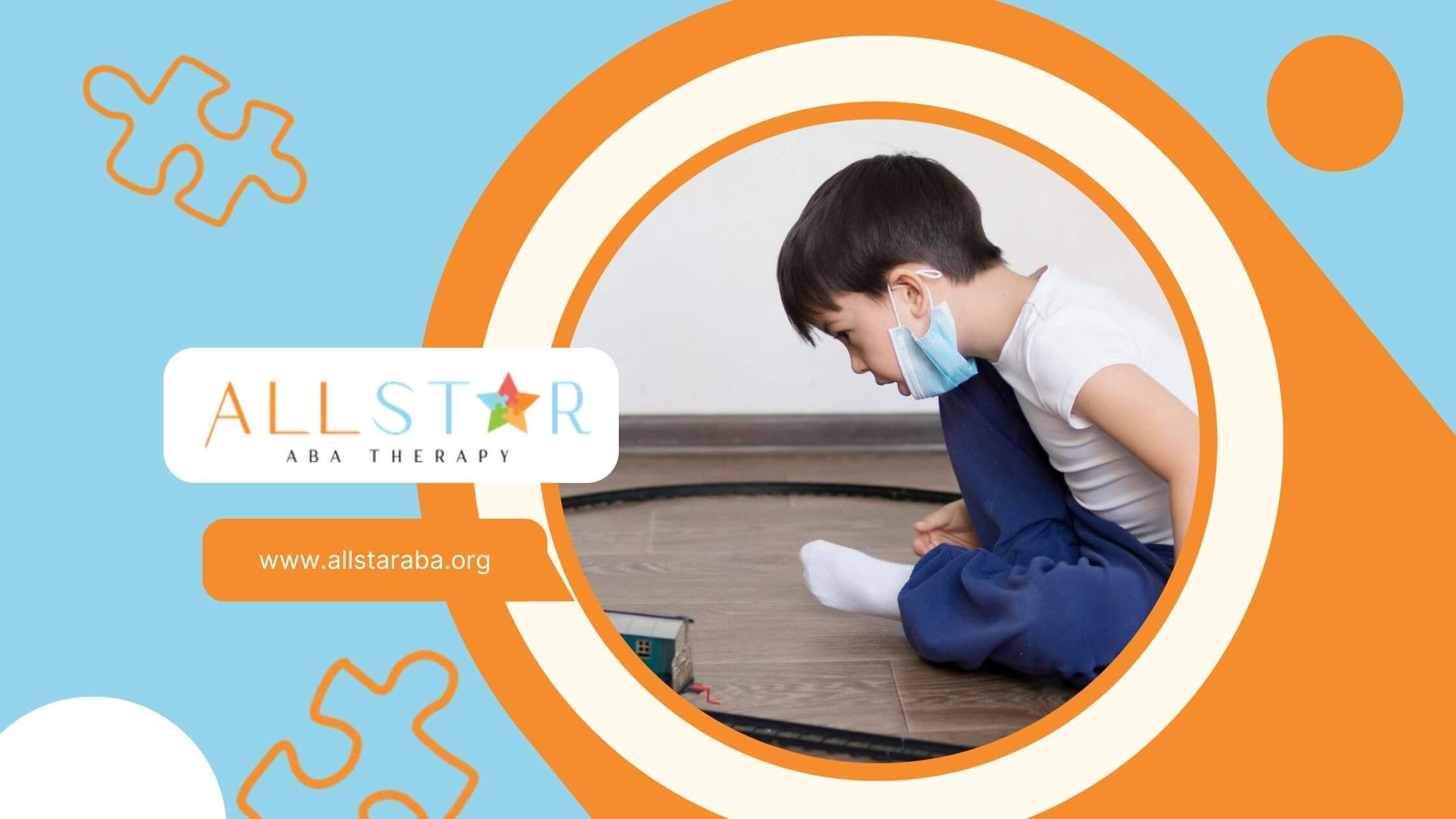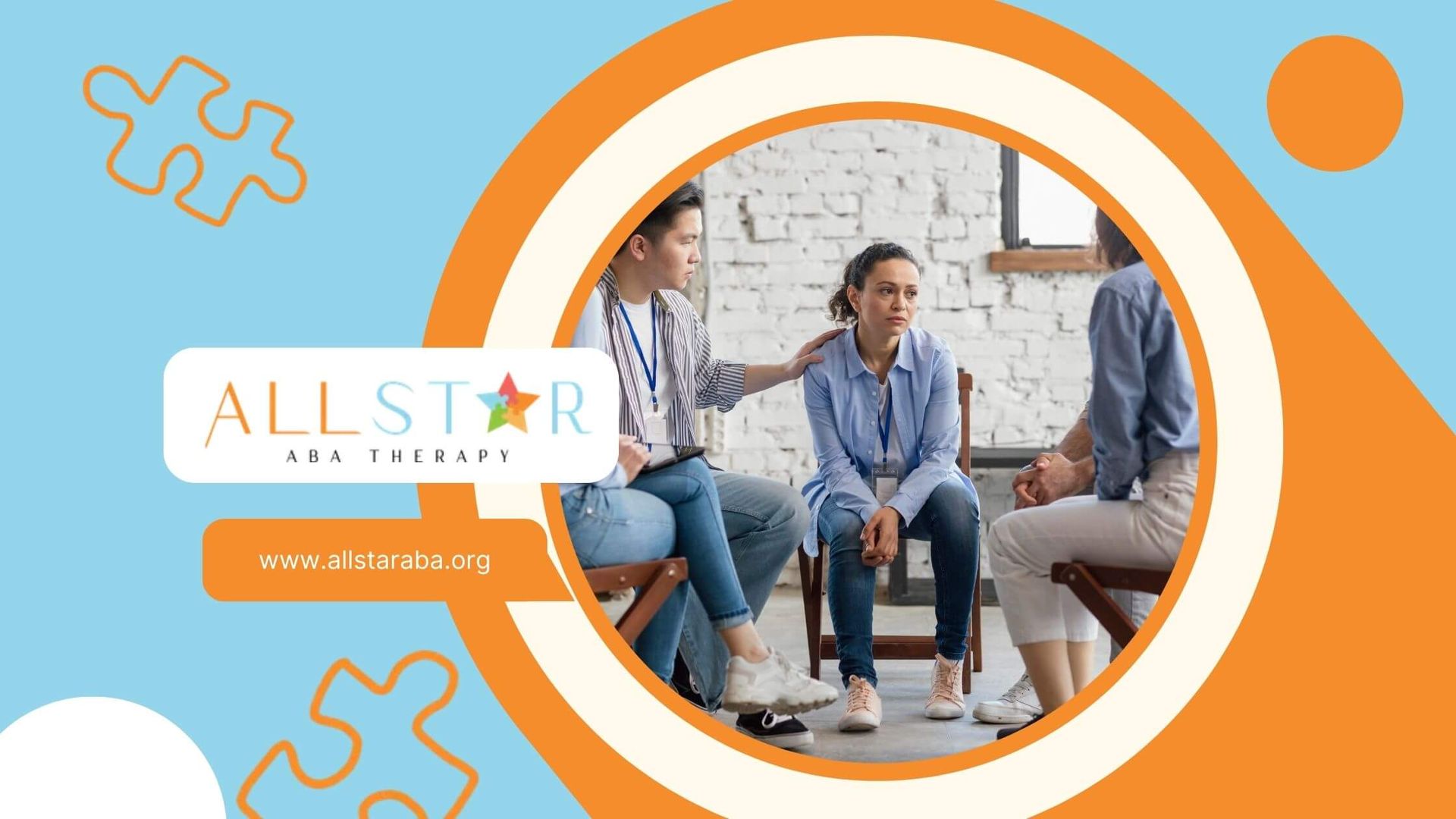New Paragraph
Transforming Lives: Center-Based ABA Therapy Curriculum in Action
Understanding ABA Therapy
Applied Behavior Analysis (ABA) Therapy is a research-backed method designed to improve and adapt behaviors in individuals with Autism Spectrum Disorder (ASD) and related conditions.
What is ABA Therapy?
ABA Therapy, short for Applied Behavior Analysis Therapy, is a reputable and empirically supported treatment strategy for those with ASD. It focuses on the application of behavioral principles to enhance significant social behaviors and promote a better quality of life for individuals with autism. The hallmark of ABA is its tailored approach, wherein interventions are customized to the unique needs and goals of each person.
ABA Techniques and Strategies
ABA Therapy employs a variety of techniques rooted in the concept that behavior is learned and directly influenced by the surrounding environment. ABA therapists utilize strategies like positive reinforcement, which rewards desired behaviors to encourage their recurrence. Other tactics include prompting and shaping, which help develop and solidify new skills. These methods are not only beneficial for addressing social and communication deficits but can also be applied to enhance academic, self-care, and independent living skills.
ABA strategies are integral in both educational settings, where they foster a supportive learning ambiance, and in therapy sessions targeted at developmental disabilities. Furthermore, the principles of ABA have found applications beyond individual therapy, such as in organizational behavior management, where they assist businesses in optimizing their operations for improved outcomes.
By utilizing observation and data analysis, ABA seeks to implement meaningful changes in behavior. This data-driven approach allows for continuous assessment and adaptation of strategies to ensure they are effectively meeting the individual's needs. For more information on ABA methods and their results, one can read about home-based ABA therapy effectiveness and center-based ABA therapy benefits, which highlight different environments where ABA can be conducted.
ABA Therapy in Baltimore
Importance for Autism Spectrum Disorder
Applied Behavior Analysis (ABA) Therapy is a cornerstone in the treatment of individuals with Autism Spectrum Disorder (ASD). This evidence-based approach focuses on applying behavioral principles systematically to improve socially significant behaviors and enhance the quality of life for individuals with autism. In Baltimore, the implementation of ABA therapy is crucial as it addresses a wide range of behaviors including social skills, communication, self-help skills, academic skills, and independent living skills, which are often areas of difficulty for those with ASD.
The importance of ABA therapy in the context of ASD is supported by extensive research demonstrating its effectiveness in helping individuals learn new skills, improve communication, and reduce challenging behaviors. By providing a structured framework for behavior analysis and modification, ABA therapy helps individuals with ASD to function more effectively in their daily lives, thereby contributing significantly to their development and integration into society.
Role of ABA Therapists
ABA therapists play a pivotal role in delivering effective therapy to individuals with ASD. In Baltimore, these professionals utilize a variety of techniques, such as positive reinforcement, prompting, and shaping, to teach and reinforce desired behaviors while reducing challenging behaviors. The therapy is highly individualized, with each treatment plan tailored to meet the specific needs of the child.
The role of ABA therapists extends beyond one-on-one sessions. They are also responsible for designing and implementing the center-based ABA therapy curriculum, which includes a combination of individualized programs and group learning activities that are structured based on the child’s needs. Highly trained behavior technicians, supervised by Board Certified Behavior Analysts (BCBAs), ensure that the therapy is delivered by qualified professionals who can effectively teach and reinforce targeted skills.
Moreover, ABA therapists in Baltimore are instrumental in providing parent training sessions. These sessions are designed to equip parents with strategies for promoting skill development and reducing challenging behaviors at home, extending the benefits of therapy beyond the center and into the child's everyday life.
In Baltimore, as in other cities, ABA therapists are at the forefront of transforming lives through their dedication to implementing ABA therapy both in home-based and center-based settings, each with its own set of benefits and challenges. Their work is essential in providing comprehensive support to individuals with ASD and their families, making a significant impact on their journey towards growth and independence.
Home-Based ABA Therapy
Applied Behavior Analysis (ABA) therapy is a powerful method for supporting individuals with Autism Spectrum Disorder (ASD). While center-based ABA therapy, with its structured curriculum, is widely acknowledged for its efficacy, home-based ABA therapy offers its own unique advantages and challenges.
Benefits of In-Home Sessions
Home-based ABA therapy is delivered in the individual's own living environment, allowing for a highly personalized and one-on-one therapeutic experience. This approach can be particularly beneficial because:
- Familiarity and Comfort: The individual is in a well-known and comfortable setting, which can reduce anxiety and help them stay engaged.
- Contextual Learning: Skills are taught in the context where they will be used, which can enhance the generalization of those skills to daily life.
- Family Involvement: Family members can be more involved in the therapy process, reinforcing the strategies used by therapists and promoting consistency.
- Flexibility: Scheduling can be more flexible and tailored to the family's routine, which can be crucial for consistency in therapy.
Here's a glimpse of the perceived benefits based on feedback from families:
| Benefit | Percentage of Families |
|---|---|
| Improved Skill Generalization | 70% |
| Higher Engagement | 65% |
| Increased Family Involvement | 80% |
Challenges and Considerations
However, home-based ABA therapy is not without its challenges:
- Distractions: The home environment may present more distractions than a structured therapy center.
- Space Limitations: There may be limited space to conduct various activities, which can affect the range of interventions possible.
- Resource Availability: Unlike a therapy center, homes may lack specialized equipment or materials that can aid in therapy.
- Therapist Consistency: Ensuring a consistent therapist may be more challenging, as in-home sessions may be subject to cancellations or changes due to travel or external factors.
When considering home-based ABA therapy, it's important to weigh these benefits and challenges carefully. Understanding the effectiveness of this approach can also be essential. Additionally, for those living in specific areas like Baltimore, accessing quality home-based services can be a concern, and local resources should be consulted for more information.
Ultimately, the decision between home-based and center-based ABA therapy benefits will depend on the individual needs of the child, family preferences, and practical considerations. Collaboration with healthcare providers and ABA therapists can guide families in making the best choice for their loved ones.
Center-Based ABA Therapy
Applied Behavior Analysis (ABA) therapy is a leading approach in supporting individuals with Autism Spectrum Disorder (ASD) to develop new skills and behaviors. When it comes to implementing ABA, there are various settings in which therapy can occur. Center-based ABA therapy, where therapy takes place in a specialized facility, is one of these settings.
Advantages of a Structured Environment
Center-based ABA therapy offers a structured setting that provides consistent therapy led by a team of professionals, including Board Certified Behavior Analysts (BCBA) and Registered Behavior Technicians (RBT). This controlled environment is conducive to learning as it minimizes distractions and creates a stable routine, which can be especially beneficial for children with ASD.
A structured environment also allows for controlled exposure to social interactions, which is key for children with ASD who may need additional support in this area. The setting is designed to simulate real-world scenarios within a safe and manageable context, preparing them for everyday situations. For more information on the benefits of a structured ABA setting, visit our page on center-based ABA therapy benefits.
Curriculum and Individualized Programs
The curriculum in center-based ABA therapy is highly individualized and tailored to the specific needs of each person with ASD. Therapists create customized programs that focus on the child's strengths and developmental areas, ensuring that each session is targeted and effective.
| Key Program Components | Description |
|---|---|
| Skill Acquisition | Breaking down complex skills into manageable steps |
| Positive Reinforcement | Encouraging desired behaviors through rewards |
| Parent Training | Equipping parents with strategies to support their child's development |
| Progress Monitoring | Regular assessment to track improvements and adjust the program |
Center-based ABA therapy activities can include play-based learning, structured teaching, and social skills training, addressing areas such as communication, social interactions, and daily living skills. Therapists work with children on a one-to-one basis, ensuring personalized attention and support.
Parents are also involved in the therapy process. In addition to the individualized programs for their children, parents may receive training to help them reinforce the skills being taught in therapy at home. This holistic approach ensures that the benefits of therapy extend beyond the center and into the child's everyday life.
For parents and caregivers considering ABA therapy options, understanding the differences between home-based and center-based approaches is crucial. Comparing the structured setting of a center to the flexibility of home-based ABA therapy will help in making an informed decision that best suits the child's needs.
Comparing Home-Based and Center-Based ABA
Applied Behavior Analysis (ABA) therapy can be delivered in different settings, each with its own unique benefits and challenges. Understanding the key differences between home-based and center-based ABA is crucial for parents and caregivers when deciding on the most suitable approach for their child with Autism Spectrum Disorder (ASD).
Key Differences Explained
Home-based ABA therapy is conducted within the comfort of the individual's residence, allowing for a highly personalized approach in a familiar setting. It offers the convenience of not having to travel to a separate facility and can be easier to schedule around family routines. However, it may lack the structure and resources of a dedicated therapy environment.
| Aspect | Home-Based ABA | Center-Based ABA |
|---|---|---|
| Location | Individual's home | Specialized facility |
| Environment | Familiar | Structured and supportive |
| Resources | Limited | Extensive resources and tools |
| Socialization | Less opportunity | Group activities and peer interaction |
| Scheduling | Flexible | Fixed |
On the other hand, center-based ABA therapy occurs in a specialized facility, offering a structured environment with various resources, tools, and materials to support the therapeutic process. Centers are staffed by trained professionals, including Board Certified Behavior Analysts (BCBAs) and Registered Behavior Technicians (RBTs), who provide comprehensive services. This setting also facilitates socialization with peers, which can be a critical component of therapy for children with ASD.
Impact on Skill Acquisition
Center-based ABA therapy often includes a center-based ABA therapy curriculum which is designed to address a variety of developmental areas. The curriculum may encompass one-on-one therapy, group learning activities, and community outings, each structured based on the child's individualized treatment plan. This comprehensive approach enhances the child's ability to transfer learned skills to real-world situations.
Skill acquisition in a center-based setting is further supported by the consistent and collaborative efforts of a team of ABA professionals. These providers are skilled in teaching and reinforcing targeted skills using various methods such as discrete trial training (DTT), verbal behavior (VB), and pivotal response training (PRT).
In contrast, home-based ABA therapy may focus more on integrating therapeutic strategies into daily routines and activities, which can be beneficial for generalizing skills in the home environment. While this approach can be highly effective, as noted on home-based ABA therapy effectiveness, it may not provide the same level of structured skill-building opportunities as center-based programs.
Ultimately, both home-based and center-based ABA offer valuable opportunities for skill development. The effectiveness of each approach can depend on the individual needs of the child, family preferences, and specific therapy goals. Parents are encouraged to consider all factors and collaborate with healthcare providers to determine the most appropriate ABA therapy setting for their child.
Choosing the Right ABA Approach
Selecting the appropriate ABA (Applied Behavior Analysis) therapy approach for a child with autism can be a pivotal decision for parents and caregivers. With the goal of fostering meaningful and positive change, it is essential to evaluate various factors before deciding between home-based and center-based ABA therapy options.
Factors for Parents to Consider
Parents in Baltimore and surrounding areas might weigh several considerations when choosing the right ABA therapy approach for their child:
- Environment: Consider whether your child would thrive in the structured setting of a
center-based ABA therapy curriculum or in the familiarity of your home environment.
- Consistency: Assess the need for consistent scheduling and routine, which is often more easily established in a center-based setting.
- Socialization: Determine the importance of social interaction with peers, which is facilitated through center-based programs.
- Skill Development: Evaluate the areas of skill development that are a priority for your child. Center-based programs often offer a broad focus, including communication, social skills, and academics.
- Parent Involvement: Reflect on the level of involvement and training you wish to have, as center-based ABA often includes training for parents.
- Transportation and Accessibility: Take into account the logistics of traveling to a therapy center versus the convenience of home-based therapy.
- Insurance Coverage: Investigate which therapy options are covered by your health insurance plan and the extent of the coverage.
- Expertise and Quality of Therapists: Look into the qualifications and experience of the therapists and the supervision they receive, especially in a center-based program where a team of professionals, including BCBAs and RBTs, are involved.
Collaboration with Healthcare Providers
Collaborating with healthcare providers is a critical step in choosing the right ABA approach. Engaging with professionals such as pediatricians, neurologists, and ABA therapists can provide insights into the most effective strategies for your child. These experts can offer guidance on:
- The suitability of home-based versus center-based therapy for your child's specific needs.
- The expected outcomes and goals of each therapy approach.
- Recommendations based on the child's progress in other therapy programs or educational settings.
Parents should be proactive in discussing their child's unique needs and preferences with healthcare providers to ensure a comprehensive understanding of the potential impact of each ABA therapy approach. It is also beneficial to visit both home-based and center-based therapy settings, if possible, to observe the environments and speak directly with the therapists involved.
Ultimately, the decision on which ABA therapy approach to choose should be made with careful consideration of the child's individual needs, family circumstances, and the professional advice of healthcare providers. The goal is to create a supportive and effective therapy experience that contributes to the child's growth and development.
The Role of Parents in ABA Therapy
Parents are integral to the success of ABA therapy. Their involvement is crucial in reinforcing the strides made during sessions and ensuring that the skills learned are applied consistently across various environments, including the home.
Involvement in Treatment Plans
Parents are key collaborators in developing effective treatment plans for their children. Center-based ABA therapy programs often include parent training sessions where families are equipped with strategies to support skill development and manage challenging behaviors. This training is essential as it helps parents understand the goals of the therapy and align home routines with the therapeutic objectives.
Professionals such as Board Certified Behavior Analysts (BCBAs) and Registered Behavior Technicians (RBTs) work closely with parents during these sessions, which take place in structured settings like therapy centers. The collaboration between parents and therapists ensures that the treatment plan is personalized, addressing the unique needs of each child.
Reinforcement at Home
The reinforcement of skills at home is vital for the generalization of behaviors and the overall effectiveness of ABA therapy. The strategies learned during center-based ABA therapy benefits training sessions need to be consistently applied at home to maximize the child's progress. Parents are taught how to create opportunities for practice and how to reinforce these skills in the child's daily life.
By engaging in activities that mirror those used during therapy and providing similar rewards for desired behaviors, parents help their children make meaningful, lasting changes. This consistency between center-based sessions and home life plays a pivotal role in helping children with ASD to adapt their behaviors and skills beyond the therapy environment.
In summary, parents are essential members of the ABA therapy team. Their active participation in treatment planning and diligent reinforcement at home are key factors in the successful application of ABA techniques. It is through this synergy between therapy sessions and home life that children with ASD can truly thrive and apply their learned skills across various settings. For more information on the effectiveness of home-based ABA therapy, explore home-based ABA therapy effectiveness.
SOURCES:
https://www.abtaba.com/blog/home-based-vs-center-based
https://www.autismlearningpartners.com/benefits-of-center-based-services
https://blog.actionbehavior.com/benefits-of-center-based-aba-therapy
https://www.totalcareaba.com/autism/center-based-aba-therapy
Need Support?
We're Here to Help!
Our experienced team is ready to assist you. Reach out today to discuss how we can support your child's development and well-being.
Get started with expert ABA therapy today.



